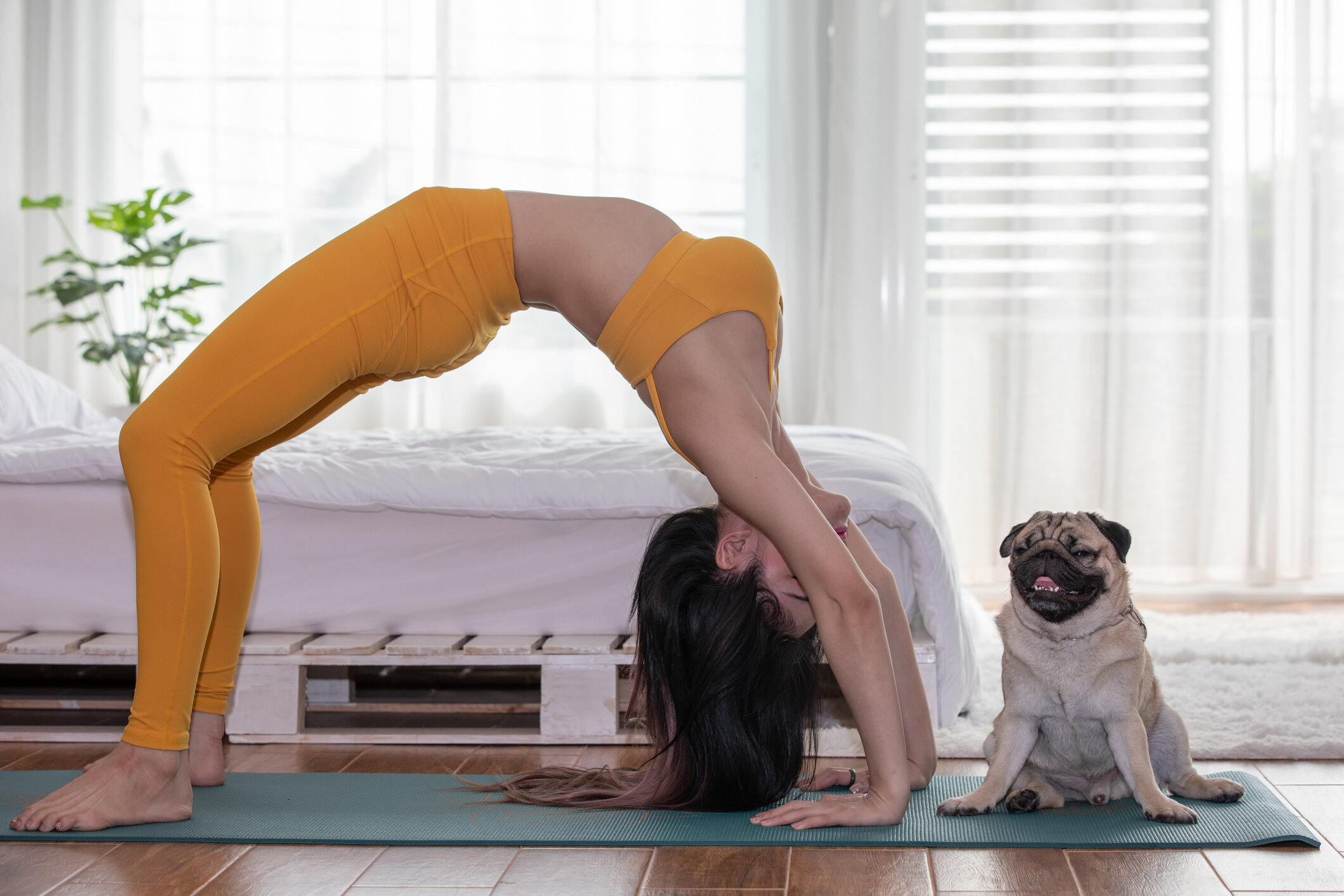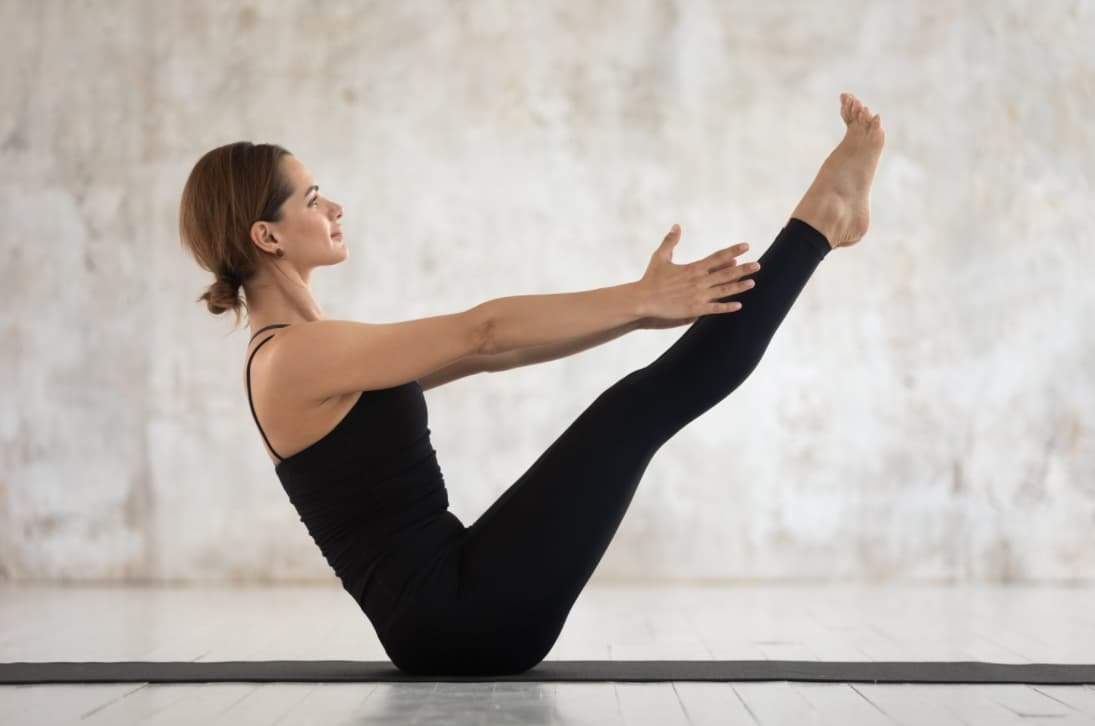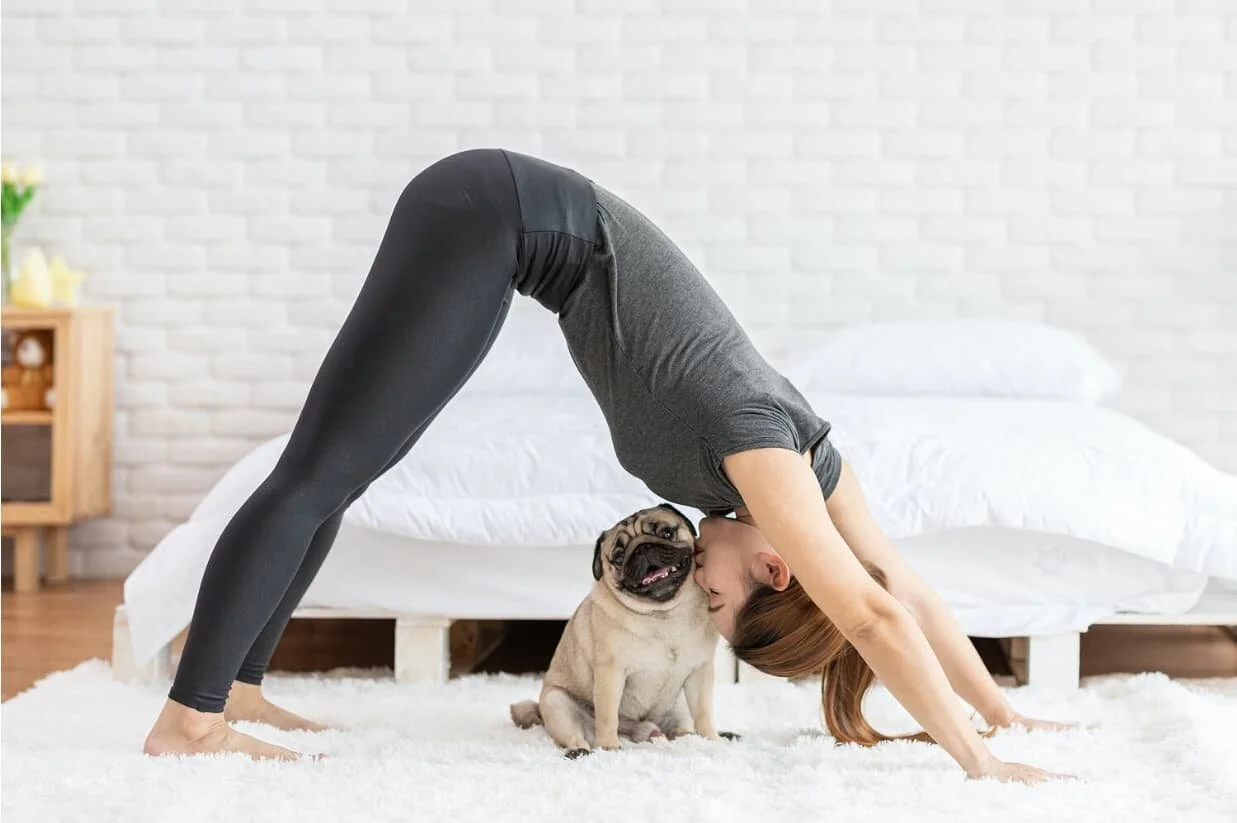How to Practice Yoga Twice a Day
Advertising Disclosure- Our content is free because we earn a commission when you click or make a purchase using our site.
Yoga is a 5,000-year-old practice rooted in Indian philosophy and ancient spiritual practices. It has evolved here in the US to a combination of physical poses, breathing techniques, and mindful meditation.
If you haven’t yet begun to practice yoga, you’ll want to manage your entry into the yoga space with a once-a-day practice, focused on whatever is calling you. Are you looking for increased strength? Greater flexibility? Physical fitness? Balance? Peace of mind? Once you are clear on what you want to achieve, you can find a practice that speaks to you and get started.
But if you’ve already been practicing yoga once a day and want to grow your practice to twice a day? Here are our suggestions.
Broaden your definition of a yoga practice
There’s no rule book that says you must do yoga for 60-90 minutes each time you take out your mat. A series of asana poses or short Hatha sequences two times a day might give you exactly what you are looking for, and you can accomplish these in less than 30 minutes a session.
If you already do a different form of exercise (say, you walk or run each day), you can create a yoga practice out of that by building upon it with a singular yoga pose: Savasana, or corpse pose, a beneficial complement to any physical activity.
If you already sit in meditation, you have a practice that falls into the yoga family. Most people meditate in Sukhasana, which is a cross-legged pose, or “criss-cross applesauce” according to most Kindergarten teachers. Add that to a different type of yoga and you’ve found yourself a twice-a-day practice.
Pair different types of yoga practices
The best thing to do is consider a daily partnership between different types of yoga practices. Maybe you want to kick your mornings off with a physical practice to build strength and energy for the day, then wrap up the evening with a meditative practice to settle the mind and body.
Maybe you’d like to create calm and determination before work so you can focus, then sweat out the stress with hot yoga after work.
I personally start my day with 20-minutes of Hatha (focused on holding poses and breathing techniques) and prep for sleep with Yoga Nidra (guided meditation inducing deep relaxation).
Other yogis balance a longer, more strenuous daytime Vinyasa, or power yoga, with gentle, restorative yoga at night. You can even pair a 15-minute morning routine with some gentle stretches to help with belly bloat after dinner or a little yoga at night to help you get ready for bed.
“A general recommendation would be to start your day with a warming, energizing Surya Namaskar, or Sun Salutation, then end your day with grounding, cooling poses before bed,” Kristin Schultz, founder of Zia Yoga & Wellness, told Pure Healthy Living.
Save time by going online
Not many people have time to go to a yoga studio twice a day. And these days, virtual classes are commonplace. Some of our favorite virtual options happen via Openfit— virtual classes you can take from the comfort of your own home. Openfit has live classes each day, but they also have plenty of on-demand replays to consider that are sure to change the perception you have. There’s Sound Meditation to relax your body and calm your mind in as little as 10 minutes or for something a little more intense, Yoga52 is meant to build strength, reduce stress, and yoga-shape your body. Whatever vibe you’re feeling, you can stream it right to your living room.
Be mindful of your body, mind, and spirit
There are some things to watch out for if you grow your practice to the twice-a-day level. For one, overexertion. Pushing yourself too hard can be a recipe for physical disaster. If you’re tired, you’re likely to be out of alignment, too, “Practicing without proper alignment can lead to repetitive stress injuries,” Yoga Instructor (and wine educator!) Julie Margolis told Pure Healthy Living. And injuries? We want to avoid those so we can keep on doing what we do.
Also, you can damage your psyche by placing unnecessary expectations on yourself. Pushing yourself too hard means you might set yourself up for failure. Or perhaps you’ll neglect mindful consideration of what is truly and holistically good for you.
“Ask yourself how your practice makes you feel off your mat”
“Ask yourself how your practice makes you feel off your mat,” Margolis suggested. “Do you feel better after you practice?” If you don’t, you might be choosing the wrong practice for the moment. If your life is hectic, you could benefit from a calming practice, despite wanting to try something more strenuous.
And as many yoga instructors tell you, you need to listen to your body. Your body might crave something active one day and something slow, gentle, or more passive another. Another thing to ask yourself? “Are the two practices a gift or a chore?” suggested Margolis.
Because we want them to be a gift. Definitely a gift.
Whatever you choose to do, please do not put undue pressure on yourself; that’s not what yoga is all about. “Be mindful of compassion and non-harm to both yourself and to all other living creatures,” Holly Skodis, registered yoga teacher and founder of the Yoga is Vegan podcast, told Pure Healthy Living. “If you can keep this concept close to your heart, you will be practicing yoga.”
More Articles You Might Like













There is a lot of good on social media; it’s a place where you can follow along and connect with like-minded individuals who share similar passions with yours. Checkout these 6 killer instagram accounts.